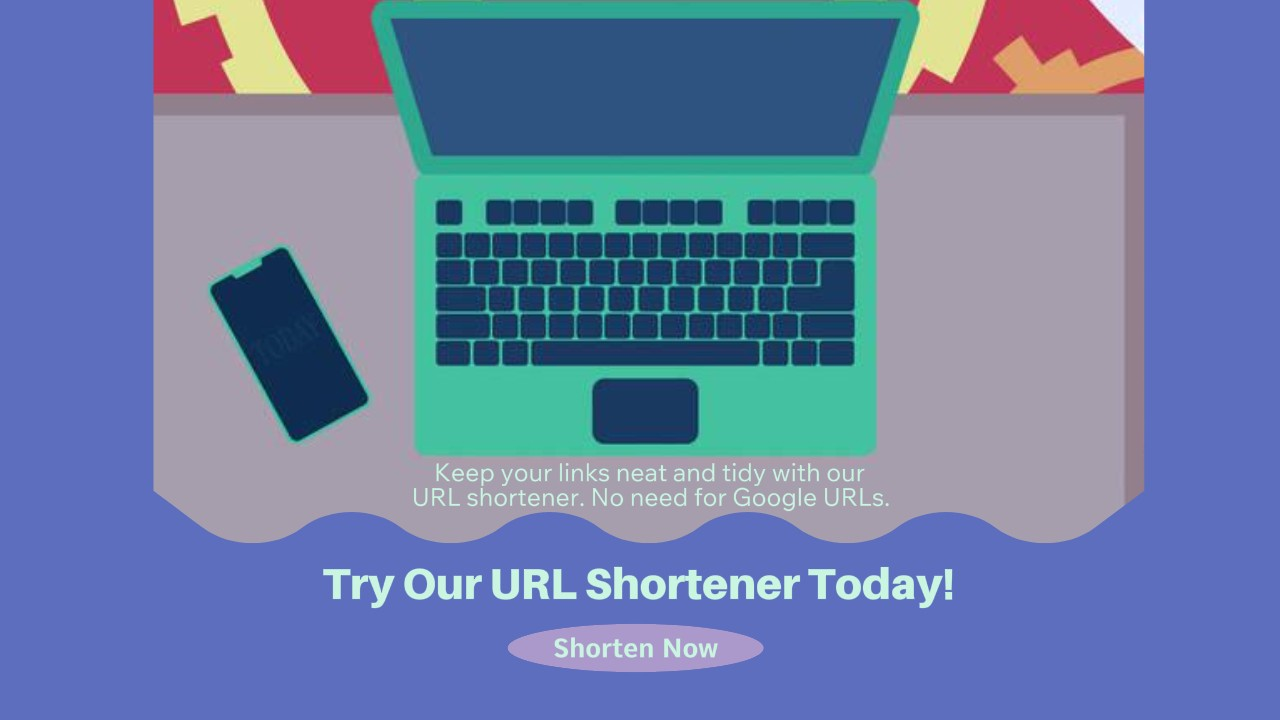Earn Money by Shortening Links with Pinterest: A Comprehensive Guide
In this article, we'll explore about earn money by short link with pintarest. In today’s digital landscape, innovative methods for earning money online are continually emerging. One particularly effective strategy involves using URL shorteners in conjunction with social media platforms like Pinterest. This combination, when executed correctly, can be a lucrative venture. This comprehensive guide will walk you through the process of earning money by shortening links and leveraging Pinterest's vast audience. The following nine sequences will provide you with a detailed, actionable roadmap to success:
1. Understanding URL Shorteners
URL shorteners are online tools that convert long web addresses into shorter, more manageable links. These shortened URLs are not only easier to share but also offer additional benefits such as tracking and analytics. For instance, services like URLty.co provide users with detailed statistics about their links, including click-through rates, geographic location of clicks, and more. This data is invaluable for understanding your audience and optimizing your marketing efforts.
Shortened URLs are particularly useful for sharing on social media platforms, where brevity is essential. They make your links look cleaner and more professional, which can increase the likelihood of users clicking on them.
2. The Basics of Pinterest
Pinterest is a visual discovery and bookmarking platform where users can find and save ideas for various interests, ranging from home decor and fashion to recipes and travel. With over 450 million active users, Pinterest offers a vast audience for your content. Users create “pins” to save ideas, and these pins can link back to websites, blogs, or products, making Pinterest an excellent platform for driving traffic.
One of the unique features of Pinterest is its longevity; pins can continue to drive traffic for months or even years after they are initially posted. This long-term potential makes Pinterest an attractive platform for content creators and marketers.
3. Setting Up Your URL Shortener Account
To start earning money by shortening links, you need to create an account with a URL shortening service like URLty.co. Here’s a detailed guide to get you started:
Sign Up: Visit URLty.co and register using your email address. Create a strong password to secure your account.
Dashboard Navigation: Once registered, take some time to familiarize yourself with the dashboard. This is where you will shorten your links, view analytics, and manage your account settings.
Shorten Links: To shorten a URL, simply enter the long URL you want to shorten into the designated field. You can customize the shortened link to make it more recognizable or relevant to your audience. Click “Shorten” to generate your short URL.
Track Performance: Use the analytics provided by URLty.co to track the performance of your shortened links. Monitor metrics such as the number of clicks, geographic distribution of clicks, and referral sources to understand your audience better and optimize your strategy.
4. Creating a Pinterest Business Account
To maximize your earnings potential on Pinterest, you should create a business account. A Pinterest business account provides access to analytics, advertising options, and other features that are not available to personal accounts. Here’s how to set one up:
Sign Up: Go to Pinterest and choose the option to sign up for a business account. If you already have a personal account, you can convert it to a business account.
Profile Setup: Complete your profile by adding a profile picture, your business name, and a brief description of what you do. Ensure that your profile accurately represents your brand.
Claim Your Website: To gain access to additional analytics and improve your content’s visibility, you should claim your website. This involves adding a verification code to your website’s HTML or DNS settings.
Enable Rich Pins: Rich Pins provide more context about your pins by showing extra information directly on the pin. There are different types of Rich Pins (e.g., article, product, recipe), and they require you to add meta tags to your website.
5. Identifying Your Niche and Audience
Success on Pinterest requires a targeted approach. Identifying a niche that aligns with your interests and expertise is crucial. Here’s how to define your niche:
Interests and Expertise: Choose a niche that you are passionate about and knowledgeable in. This will make it easier for you to create valuable and engaging content.
Market Demand: Research Pinterest to see what topics are trending and have high engagement. Use Pinterest’s search bar and tools like Pinterest Trends to identify popular niches.
Audience Demographics: Understand who your target audience is, including their age, gender, location, and interests. This information will help you create content that resonates with them.
Once you have identified your niche, you can tailor your content to meet the needs and interests of your target audience. This targeted approach will increase the likelihood of your pins being saved and shared, driving more traffic to your links.
6. Crafting Compelling Content
Pinterest is a visual platform, so high-quality, engaging content is essential. Here are some tips for creating compelling pins:
High-Quality Images: Use high-resolution, attractive images that stand out. Avoid using stock photos that look generic or overused.
Infographics and Guides: Create informative infographics and guides that provide value to your audience. These types of content are highly shareable and can drive significant traffic.
Consistent Branding: Maintain a consistent style and color scheme that reflects your brand. This consistency helps build brand recognition and trust.
Catchy Titles and Descriptions: Write engaging titles and descriptions that include relevant keywords. Use clear, concise language that encourages users to click on your pins.
Vertical Pins: Vertical pins perform better on Pinterest because they take up more space in the feed. Aim for a 2:3 aspect ratio (e.g., 1000 x 1500 pixels).
7. Utilizing Pinterest SEO
Optimizing your pins for search is crucial for visibility on Pinterest. Here are some SEO strategies:
Keyword Research: Use tools like Pinterest Trends and Google Keyword Planner to find popular keywords in your niche. Incorporate these keywords into your pin titles, descriptions, and boards.
Optimized Descriptions: Write detailed pin descriptions that naturally incorporate relevant keywords. Avoid keyword stuffing, which can be off-putting to users.
Hashtags: Use relevant hashtags in your pin descriptions to increase your pins’ reach. Hashtags help users discover your content through Pinterest’s search function.
Board Names and Descriptions: Optimize your board names and descriptions with keywords to improve searchability. Create specific boards that cater to different aspects of your niche.
Rich Pins: Enable Rich Pins to provide more context about your pins. Rich Pins include additional information like the article headline, author, and description, which can improve your pins’ search ranking.
8. Promoting Your Shortened Links
Once you have your content ready, it’s time to promote your shortened links on Pinterest:
Pin Regularly: Consistency is key. Pin regularly to keep your audience engaged and attract new followers. Aim to pin at least once a day, but don’t overdo it – quality is more important than quantity.
Group Boards: Join and contribute to group boards to expand your reach. Group boards allow multiple users to share content on the same board, increasing the visibility of your pins.
Promoted Pins: Use Pinterest’s advertising features to promote your pins and reach a larger audience. Promoted Pins look like regular pins but are shown to more users based on targeting criteria you set.
Engage with Your Audience: Respond to comments, repin others’ content, and engage with your followers to build a community. Active engagement can increase your pins’ visibility and drive more traffic to your links.
9. Tracking and Optimizing Performance
Monitoring your performance is crucial to understand what works and what doesn’t. Use the following methods:
Pinterest Analytics: Use Pinterest Analytics to track your pin performance, audience engagement, and website traffic. Analyze which pins are driving the most traffic and engagement.
URL Shortener Analytics: Leverage URLty.co’s analytics to see how your shortened links are performing in terms of clicks, geographic distribution, and referral sources. This data can help you identify which types of content are most effective.
A/B Testing: Experiment with different pin designs, descriptions, and posting times to see what yields the best results. A/B testing involves creating two variations of the same pin and comparing their performance.
Adjust Your Strategy: Based on your analytics, refine your strategy to focus on the most successful content and tactics. Continuously improve your approach by learning from your successes and failures.
Conclusion
Earning money by shortening links with Pinterest requires a strategic approach that combines high-quality content creation, effective SEO, and diligent performance tracking. By leveraging the power of URL shorteners and the vast audience of Pinterest, you can drive significant traffic to your links and monetize your online presence. Start by understanding the tools at your disposal, identifying your niche, and consistently engaging with your audience to build a sustainable income stream through this innovative method.
With patience, creativity, and strategic planning, you can turn your passion for Pinterest and digital marketing into a profitable endeavor. Embrace the journey, stay committed to learning and adapting, and watch as your efforts pay off in the form of increased traffic and revenue.


